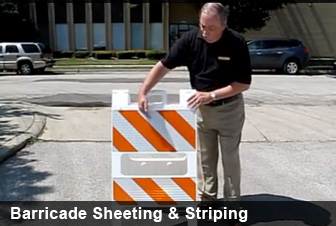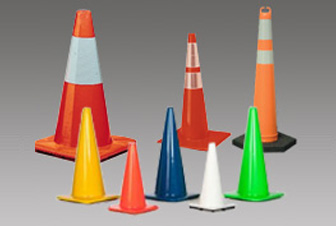Wheel Chocks
Wheel chocks , also called wheel stops or wheel blocks, come in a variety of sizes and shapes and can be made from different types of materials. They are used to prevent a vehicle from rolling forward or backward.
Wheel chock uses:
Wheel chocks are used to keep a vehicle from rolling when the opposite end is lift. Wheel chocks are also often used with large, parked trucks to ensure the vehicle doesn’t roll and cause damage to property. Off road chocks can be used in construction when builders need to park in areas that do not have roadways yet and the land is uneven. Additionally, airplanes use wheel chocks to keep them from moving from their parked spot.
How to use wheel chocks when lifting a vehicle:
1) Park the vehicle on a level surface.
2) Set the parking break
3) Figure out which way the car would roll if you were to lift up the end you are planning to lift.
4) Place the chock between the ground and the back end of the wheel (furthest away from the side you are lifting). Then kick the chock toward the wheel to make sure it is securely in place.
5) Place a second chock on the front end of the same wheel and again, kick it toward the wheel to make sure it is secure.
6) For maximum safety, secure the second wheel on that end of the vehicle the same way. So if you are lifting the front of the vehicle, you would be placing wheel chocks on the back two wheels. If you are lifting the back end of the vehicle, you would be placing chocks on the front two wheels.





